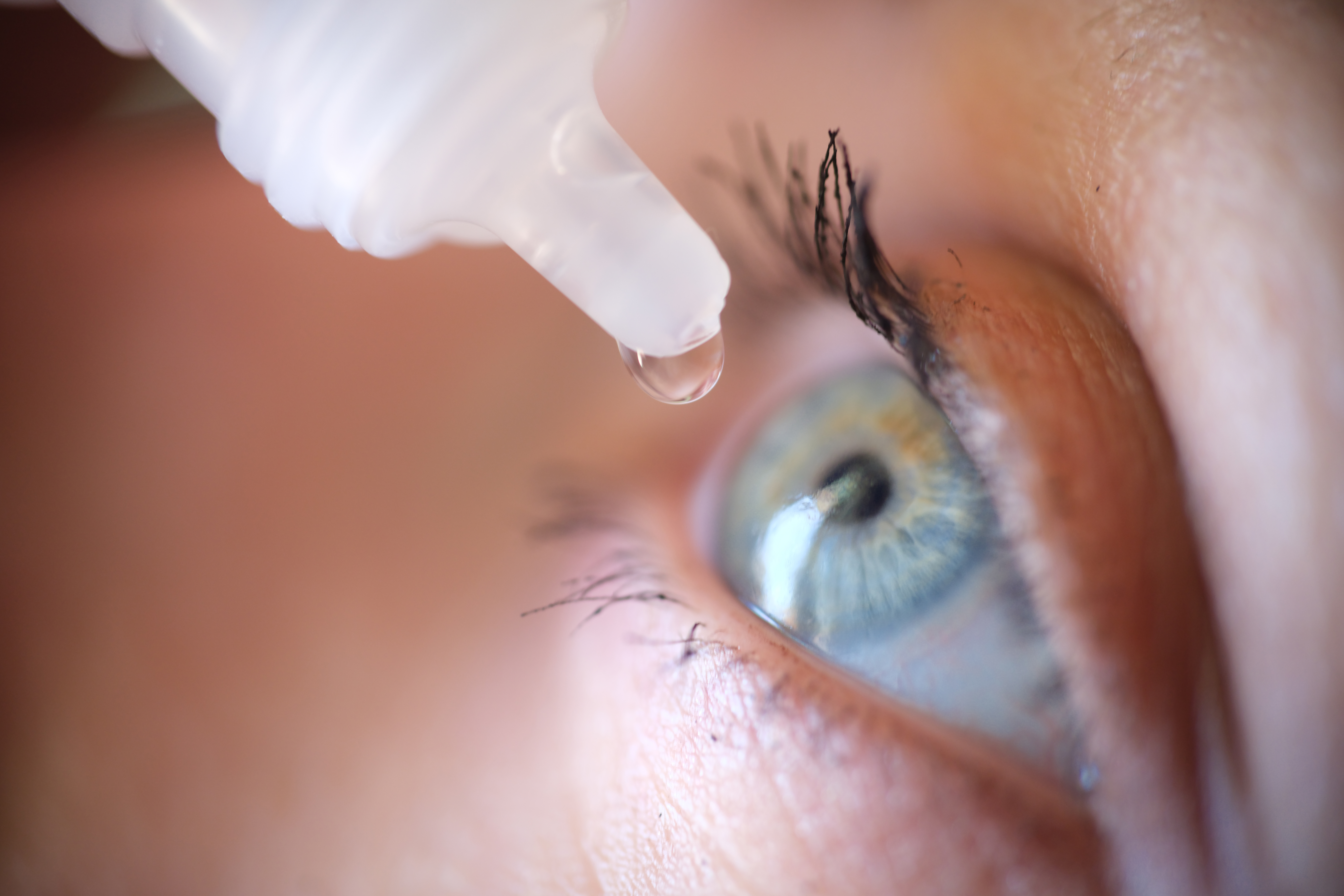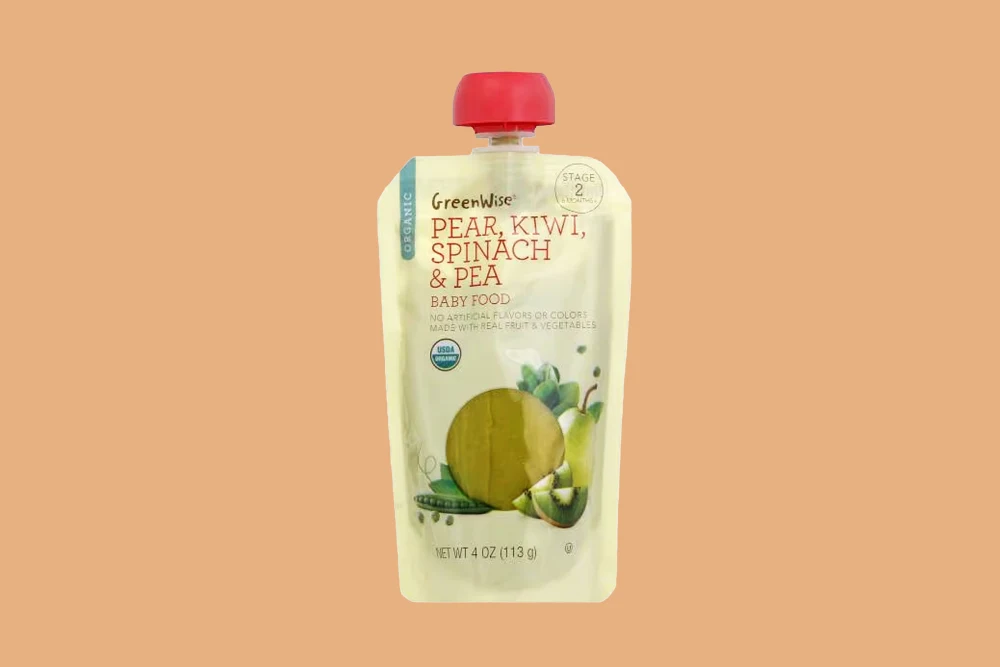ID. Buzz Recall: Futuristic Van's Surprising Seatbelt Snafu
Volkswagen's Futuristic Van Recalled: A Glitch in the Matrix?
Introduction: A Buzzkill for the Buzz?
The Volkswagen ID. Buzz, a vehicle seemingly plucked straight from a retro-futuristic dream, hasn't even had a proper chance to conquer American roads, and already it's facing a recall. Yes, you read that right. The electric van, celebrated for its unique design blending cutting-edge technology with nostalgic vibes, is being called back. So, what's the deal? Is this a minor hiccup or a sign of deeper issues?
The Quirky Recall: Not Enough Seatbelts to Go Around
The reason for the recall is, well, a bit head-scratching. According to the National Highway Traffic Safety Administration (NHTSA), some ID. Buzz models might not have enough seatbelts for all passengers when three are seated in the third-row bench. Seriously? It's like forgetting forks at a dinner party. How could this happen on a vehicle designed for family adventures?
What's the Big Deal About Missing Seatbelts?
Let's be clear: seatbelts are crucial for passenger safety. In the event of a collision, they significantly reduce the risk of injury or even death. Having an insufficient number of seatbelts is a serious safety hazard that could lead to dire consequences.
The ID. Buzz: More Than Just a Pretty Face?
The ID. Buzz has been making waves with its distinctive styling. It's a modern reimagining of the classic VW Microbus, complete with a boxy silhouette, a two-tone paint job, and an overall vibe that screams "fun." But beneath the retro exterior lies a thoroughly modern electric powertrain.
A Nod to the Past, a Leap into the Future
VW has cleverly tapped into the nostalgia market with the ID. Buzz, appealing to those who remember the original Microbus fondly, as well as those who are eager to embrace electric vehicles. It's a delicate balancing act, and for the most part, they've pulled it off.
Design Flaws and First Impressions: A Delicate Dance
Sometimes, manufacturers get so caught up in chasing innovation and aesthetics that they overlook fundamental aspects like, you know, ensuring there are enough seatbelts. Could the focus on the ID. Buzz's eye-catching design and technological advancements have inadvertently led to this oversight?
The Importance of Rigorous Testing
This recall highlights the importance of rigorous testing and quality control during the vehicle development process. Manufacturers need to thoroughly vet every aspect of a vehicle, from its powertrain to its seatbelt configuration, before it hits the market.
The Recall Process: What Owners Need to Know
If you own an affected Volkswagen ID. Buzz, don't panic. Here's what you need to know:
- VW will notify affected owners by mail.
- The recall involves inspecting the vehicle's third-row seating configuration.
- If necessary, VW will install the correct number of seatbelts free of charge.
- Contact your local VW dealer to schedule an appointment.
Is My ID. Buzz Affected?
You can check if your vehicle is affected by the recall by visiting the NHTSA website and entering your vehicle identification number (VIN). This is a quick and easy way to stay informed and ensure your safety.
Beyond the Seatbelts: Other Potential Concerns
While the seatbelt issue is the immediate concern, it does raise questions about the overall quality control process at Volkswagen. Are there other potential issues lurking beneath the surface? Only time will tell.
Supply Chain Challenges and Manufacturing Complexities
The automotive industry has been grappling with supply chain disruptions and manufacturing challenges in recent years. Could these factors have contributed to the seatbelt oversight? It's certainly a possibility.
Volkswagen's Reputation: A Legacy on the Line
Volkswagen has a long and storied history, but it's also faced its share of controversies. This recall, while seemingly minor, could further damage the company's reputation if not handled effectively.
Building Trust Through Transparency
Transparency is key to regaining consumer trust. VW needs to be upfront about the recall, communicate clearly with affected owners, and take steps to prevent similar issues from happening in the future.
The Electric Vehicle Revolution: Growing Pains?
The ID. Buzz is part of a broader shift toward electric vehicles. As automakers race to develop and release new EVs, it's important to remember that quality and safety should never be compromised. This recall serves as a reminder that even the most advanced technology can be susceptible to human error.
The Need for Robust Safety Standards
As electric vehicle adoption continues to grow, it's essential to have robust safety standards and rigorous testing procedures in place to ensure the safety of both drivers and passengers.
The Competition: A Crowded Electric Van Market
The electric van market is becoming increasingly competitive, with new models from various manufacturers vying for attention. The ID. Buzz faces stiff competition from the likes of Ford, Rivian, and others. This recall could give rivals an opportunity to gain an edge.
Winning the Electric Van Race: Quality Matters
In the race to dominate the electric van market, quality and reliability will be critical factors. Automakers that can consistently deliver high-quality vehicles will be the ones that ultimately succeed.
The Future of the ID. Buzz: A Bumpy Road Ahead?
Despite the recall, the ID. Buzz still has the potential to be a successful electric van. Its unique design and retro charm are undeniable. However, VW needs to address the quality control issues and ensure that future models are free from defects.
Learning from Mistakes: A Path to Redemption
The ID. Buzz recall is a setback, but it's also an opportunity for Volkswagen to learn from its mistakes and improve its processes. By taking swift and decisive action, the company can demonstrate its commitment to quality and safety and regain the trust of its customers.
A Closer Look: What Makes the ID. Buzz Unique?
Let's not forget what initially attracted people to the ID. Buzz. Beyond the nostalgia, it offers several compelling features:
- Electric Powertrain: Zero emissions and a smooth, quiet ride.
- Spacious Interior: Plenty of room for passengers and cargo.
- Modern Technology: Advanced driver-assistance systems and connectivity features.
- Head-Turning Design: A retro-futuristic look that stands out from the crowd.
The Allure of Retro Design in a Modern World
The ID. Buzz taps into our collective longing for a simpler time. Its retro design evokes a sense of nostalgia and adventure, while its electric powertrain provides a glimpse into the future of transportation.
The Bottom Line: Should You Still Consider the ID. Buzz?
The ID. Buzz recall is undoubtedly concerning, but it doesn't necessarily mean you should rule out buying one. If you're in the market for an electric van, it's important to weigh the pros and cons carefully. Consider the ID. Buzz's unique design, its electric powertrain, and its spacious interior. But also factor in the recall and the potential for other quality control issues.
Do Your Research and Make an Informed Decision
Before making a purchase, do your research, read reviews, and talk to other owners. Ultimately, the decision of whether or not to buy an ID. Buzz is a personal one.
Conclusion: A Buzz with a Bit of Static
The Volkswagen ID. Buzz recall serves as a cautionary tale about the importance of quality control and safety in the automotive industry. While the van's futuristic design and retro charm are appealing, the seatbelt issue raises concerns about the company's manufacturing processes. VW must address these issues swiftly and transparently to regain consumer trust and ensure the long-term success of the ID. Buzz. The road ahead may be a bit bumpy, but with the right approach, the ID. Buzz can still become a significant player in the electric vehicle market.
Frequently Asked Questions
- Why is the Volkswagen ID. Buzz being recalled?
The ID. Buzz is being recalled because some models may not have enough seatbelts for all passengers when three are seated in the third-row bench. This poses a safety risk in the event of a collision.
- How do I know if my ID. Buzz is affected by the recall?
You can check if your vehicle is affected by the recall by visiting the NHTSA website and entering your vehicle identification number (VIN). VW will also notify affected owners by mail.
- What should I do if my ID. Buzz is affected by the recall?
Contact your local VW dealer to schedule an appointment for inspection and repair. VW will install the correct number of seatbelts free of charge.
- Is the ID. Buzz safe to drive despite the recall?
While the ID. Buzz can be driven, it is highly recommended that you limit the number of passengers in the third row until the seatbelts can be checked. Make an appointment to fix the problem immediately.
- Will this recall affect the value of the ID. Buzz?
It is possible for the value of the car to be affected, but the impact will depend on how quickly and effectively Volkswagen addresses the recall and how it manages the communication with owners.



